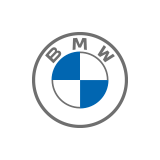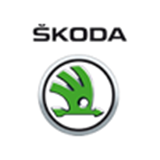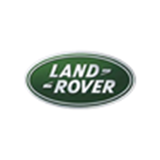07/09/2023
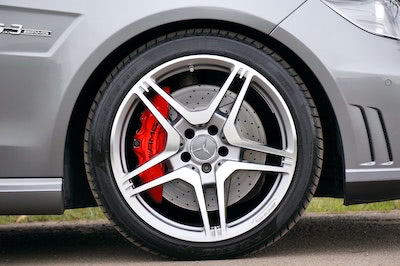
Tire marking
What is the purpose of the tire label on the car tires?
The right tires not only provide a firm grip, but are also crucial for your driving safety. The criteria for the right tire also depend on the vehicle class and the exact dimensions of the car: a truck tire must withstand completely different forces than a passenger car tire. The relevant values - the tire size, maximum permissible speeds, tire load, date of manufacture, etc. - are coded in the tire label.
However, the tire labeling can easily lead to confusion if you are not familiar with it. To help you find your way through the chaos of car tire markings, Premium Wheels provides you with a clear guide. Here we explain the meaning of the tire markings, how to read the tire size and other useful information. Also, below you will find useful tire marking tables for tire load and speed.
Tire labeling: how to read tire data.
In the old vehicle registration document you will find the basic information that you can also read from the tire label. In certain columns, you will find the information for the permissible tire dimensions of your vehicle.
You can get more data with a quick look at the tire label. If you want to read the tire data, pay attention to the tire sidewall. The Premium Wheels infographic explains which tire data can be found where:
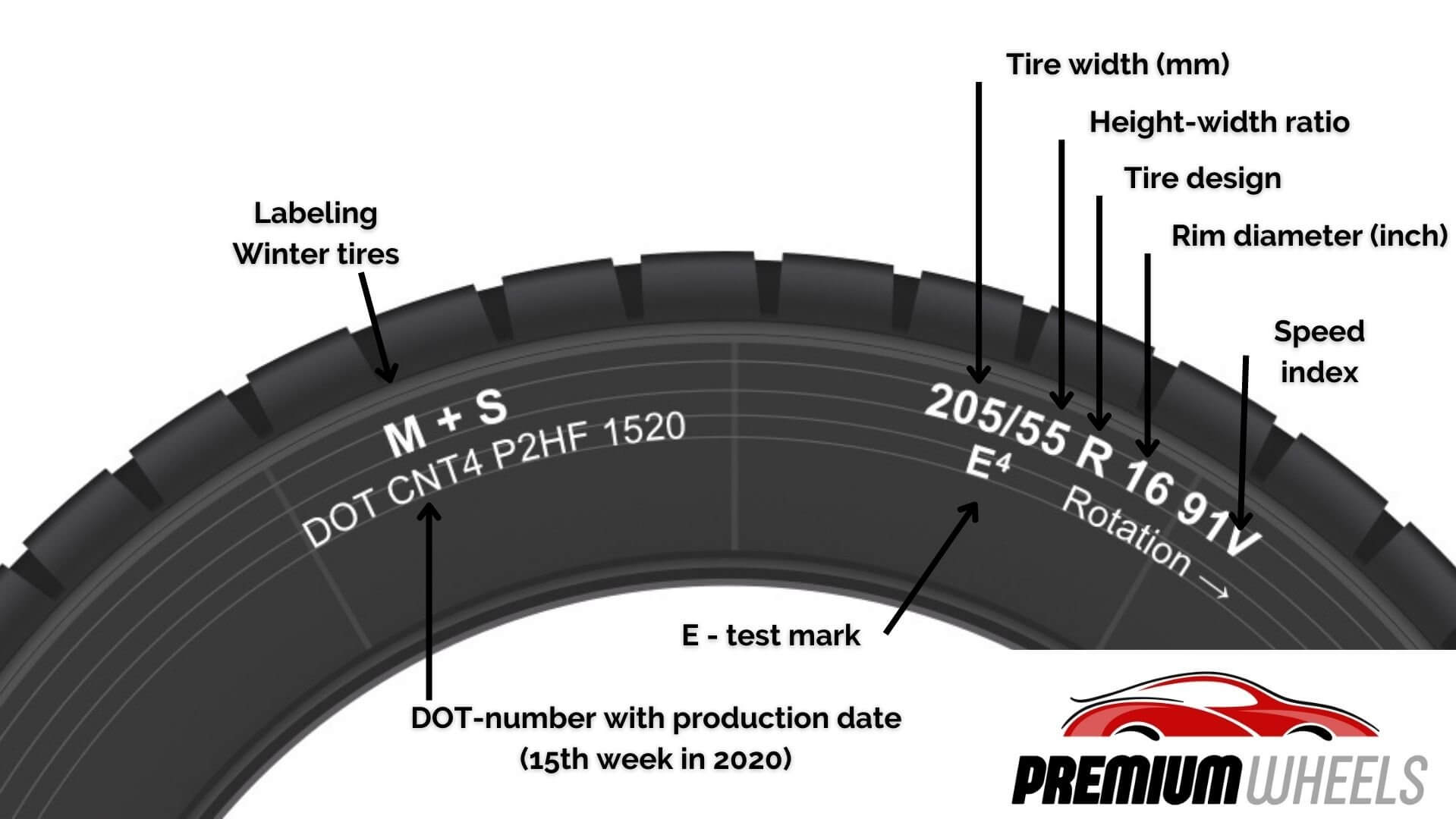
What tire data is in the tire label?
The tire label consists of several separate codes. Here, we explain the tire codes so that you can also read your tire data.
Tire width (in mm)
The easiest to read is the tire size. Usually, the tire width is given in millimeters. The tire sizes of a passenger car vary between 125 millimeters and 335 millimeters. The different tire widths follow in 10-millimeter increments.
Standardization usually allows you to use one tire size for different rim dimensions. However, different tires are not designed to be combined with specific rims. We can help you choose the right rims, both in our guide and in person. Also, the use of snow chains plays an important role in the choice of compatible winter rims. Therefore, we employ you to change to winter complete wheels in October.
Height and width ratio (in %)
If you put the height of your car tires in relation to the width, you get a percentage value. For example, you drive tires with a height of 137 millimeters and a width of 210 millimeters, which you can find in the tire label, the ratio of the dimensions gives 65 percent. For sporty or tuned cars, the ratio becomes smaller and smaller, because the tire height is manifactured to be lower and lower and at the same time, the width is chosen wider and wider.
Construction type
The most common tire construction type is radial ("R"). This means that the supporting carcass threads of the tire are arranged radially, i.e. in the shape of a beam. The older diagonal design ("B") is only permitted for vehicles with certain license plates.
So-called Run Flat tires are identified by the letter combination "RF".
➜ Important: Please note that you may use either 4 "R" wheels or 4 "RF" wheels, mixing the two designs is not permitted.
Rim diameter (in inches)
You can also read the tire size from the tire label. The tire size can be read on the car tire in inches. The usual rim diameters range from 10 to 20 inches.
Load Index: Permissible tire load
The load index (LI) quantifies the load capacity of your car tire. At the specified tire pressure of 2.5 bar, each tire is assigned a load capacity. The load index (LI) decreases with lower tire pressure.
Underinflated tires pose a safety risk because of increased friction. As a result, your vehicle can no longer be steered well. In the worst case, the tire may even burst.
An overview of the load capacity values can be found in the LI tire labeling table below.
Speed Index: Maximum Permissible Speed
The speed symbol (GSY) codes the maximum permitted speed - Speed Index (SI) - that may be driven with your mounted tire. You can easily read the meaning of the letter codes from the SI tire identification table below. In general, the higher the maximum speed, the lower the load capacity.
Running direction
The running direction is mainly of interest for tires with a special design of the tread. The marked direction of rotation must be observed during mounting. A distinction is often made between right and left tires. This is to positively influence the driving characteristics of your car.
Type of tires: Winter tires and all-season tires
This tire label is important, for example, when buying winter tires. These are identified by the "Alpine" symbol. You can recognize it by the mountain pictogram with the snowflake in the middle. In the Premium Wheels store, the winter complete wheels are marked with a snowflake.
All-weather tires can be identified by the abbreviation "M+S" - mud and snow. Since 2018, however, this tire marking is no longer sufficient in winter. This means that "M+S" tires no longer comply with the winter tire requirement. Instead, today a mountain with a snowflake in the middle, the so-called "Alpine" symbol, marks all-weather tires.
Therefore, it is important to look out for the "Alpine" symbol when buying your next winter tires!
E-mark
The E-mark shows that the tire meets the requirements of the Economic Commission for Europe (ECE). The digit after the "E" shows in which country the tire has received its approval. For tires produced in Germany, the number 1 applies.
DOT number
From the DOT number of the tire label you can read the tire age. The last 4 digits code the date of manufacture (e.g. 4220). The first two digits refer to the calendar week (e.g. 42) and the year of manufacture (e.g. 2020). In this example, the tire is considered brand new until the 42nd calendar week 2023. From then until the 42nd calendar week 2025, the same tire is considered new. If the tire is stored properly, it will retain its properties until that time. If your tires are older than 5 years, you should consider buying new ones, as they gradually wear out after 5 years of age.
Bottom line: with the right look, you can glean a lot of information from your tires. We've explained the most important tire labeling data so you can easily identify a high-quality tire.
PowerSeal / SealTech sign
To prepare against tire damage, some tire manufacturers have developed a system that minimizes such damage. If your Goodyear or Dunlop tire has the SEALTECH or POWERSEAL designation, there is a sealant inside. If the tire takes damage, for example by nails or shards, the sealant closes the crack immediately and lets you drive safely to the nearest garage. These tires should only be used if a tire pressure monitoring system is in place. Otherwise, there is a risk that the damage will not even be detected and gradually accumulate.
License plates for electric vehicles
The question often arises as to whether the same tires can be used on electric vehicles as on internal combustion vehicles. In principle, the same tires can be used on electric cars as on all vehicles. However, it is advisable to use tires with very low rolling resistance, especially for electric cars. The range of a battery is optimized by lower consumption.
Although electronic cars do not rely on special tires, manufacturers of battery-powered vehicles have developed such tires, which are precisely adapted to the technical specifications. The markings T0 at Tesla and NF0 at Porsche indicate that the tires are original e-tires. The eContact and E-V markings at Continental and Michelin are special tire profiles developed for electronic vehicles.
Other symbols
In addition to the signs mentioned above, you may find others on your tire. This may be, for example, a marking for so-called run-flat tires. You can read which codes you will find on this type of tire in our article about run-flat tires.
A tire with the XL, EXTRA, LOAD or RF mark is designated as a tire with increased load capacity and shoulders higher loads than others of its caliber. If an NCS or PNCS is also shown on the tire, it is a tire with a reduced noise level. These tires are currently manufactured exclusively by Pirelli.
Tables
In our tables you will find different information, all summarized at a glance and compact.
Tire Marking Table: Load Index (LI) and Speed Index (SI)
Finally, here you will find the useful information about the load index and speed index in a tire marking table.
| Index | Speed | Index | Speed | Index | Speed | Index | Speed | Index | Speed |
|---|---|---|---|---|---|---|---|---|---|
| A1 | 5 km/h | E | 70 km/h | L | 120 km/h | R | 170 km/h | VR | >210 km/h |
| A8 | 40 km/h | F | 80 km/h | M | 130 km/h | S | 180 km/h | V | 240 km/h |
| B | 50 km/h | G | 90 km/h | N | 140 km/h | T | 190 km/h | ZR | >240 km/h |
| C | 60 km/h | J | 100 km/h | P | 150 km/h | U | 200 km/h | W | 270 km/h |
| D | 65 km/h | K | 110 km/h | Q | 160 km/h | H | 210 km/h | Y | 300 km/h |
Last Index (LI)
| LI | 20 | 21 | 22 | 23 | 24 | 25 | 26 | 27 | 28 | 29 | 30 | 31 | 32 | 33 | 34 | 35 |
|---|---|---|---|---|---|---|---|---|---|---|---|---|---|---|---|---|
| Last | 80 | 82,5 | 85 | 87,5 | 90 | 92,5 | 95 | 97,5 | 100 | 103 | 106 | 109 | 112 | 115 | 118 | 121 |
| LI | 36 | 37 | 38 | 39 | 40 | 41 | 42 | 43 | 44 | 45 | 46 | 47 | 48 | 49 | 50 | |
| Last | 125 | 128 | 132 | 136 | 140 | 145 | 150 | 155 | 160 | 165 | 170 | 175 | 180 | 185 | 190 | |
| LI | 51 | 52 | 53 | 54 | 55 | 56 | 57 | 58 | 59 | 60 | 61 | 62 | 63 | 64 | 65 | 66 |
| Last | 195 | 200 | 206 | 212 | 218 | 224 | 230 | 236 | 243 | 250 | 257 | 265 | 272 | 280 | 290 | 300 |
| LI | 67 | 68 | 69 | 70 | 71 | 72 | 73 | 74 | 75 | 76 | 77 | 78 | 79 | 80 | 81 | |
| Last | 307,5 | 315 | 325 | 335 | 345 | 355 | 365 | 375 | 387,5 | 400 | 412,5 | 425 | 437,5 | 450 | 462,5 | |
| LI | 82 | 83 | 84 | 85 | 86 | 87 | 88 | 89 | 90 | 91 | 92 | 93 | 94 | 95 | 96 | 97 |
| Last | 475 | 487,5 | 500 | 515 | 530 | 545 | 560 | 580 | 600 | 615 | 630 | 650 | 670 | 690 | 710 | 730 |
| LI | 98 | 99 | 100 | 101 | 102 | 103 | 104 | 105 | 106 | 107 | 108 | 109 | 110 | 111 | 112 | |
| Last | 750 | 775 | 800 | 825 | 850 | 875 | 900 | 925 | 950 | 975 | 1000 | 1030 | 1060 | 1090 | 1120 | |
| LI | 113 | 114 | 115 | 116 | 117 | 118 | 119 | 120 | 121 | 122 | 123 | 124 | 125 | 126 | 127 | 128 |
| Last | 1150 | 1180 | 1215 | 1250 | 1285 | 1320 | 1360 | 1400 | 1450 | 1500 | 1550 | 1600 | 1650 | 1700 | 1750 | 1800 |
| Li | 129 | 130 | 131 | 132 | 133 | 134 | 135 | 136 | 137 | 138 | 139 | 140 | 141 | 142 | 143 | |
| Last | 1850 | 1900 | 1950 | 2000 | 2060 | 2120 | 2180 | 2240 | 2300 | 2360 | 2430 | 2500 | 2575 | 2650 | 2725 | |
| LI | 144 | 145 | 146 | 147 | 148 | 149 | 150 | 151 | 152 | 153 | 154 | 155 | 156 | 157 | 158 | 159 |
| Last | 2800 | 2900 | 3000 | 3075 | 3150 | 3250 | 3350 | 3450 | 3550 | 3650 | 3750 | 3875 | 4000 | 4125 | 4250 | 4375 |
| LI | 160 | 161 | 162 | 163 | 164 | 165 | 166 | 167 | 168 | 169 | 170 | 171 | 172 | 173 | 174 | |
| Last | 4500 | 4625 | 4750 | 4875 | 5000 | 5150 | 5300 | 5450 | 5600 | 5850 | 6000 | 6150 | 6300 | 6500 | 6700 | |
| LI | 175 | 176 | 177 | 178 | 179 | 180 | 181 | 182 | 183 | 184 | 185 | 186 | 187 | 188 | 189 | 190 |
| Last | 6900 | 7100 | 7300 | 7500 | 7750 | 8000 | 8250 | 8500 | 8750 | 9000 | 9250 | 9500 | 9750 | 10000 | 10300 | 10600 |
| LI | 191 | 192 | 193 | 194 | 195 | 196 | 197 | 198 | 199 | 200 | 201 | 202 | 203 | 204 | ||
| Last | 10900 | 11200 | 11500 | 11800 | 12150 | 12500 | 12850 | 13200 | 13600 | 14000 | 14500 | 15000 | 15550 | 16000 |
Marking of original manufacturer tires
(Manufacturer, Marking, Explanation
Mercedes Original with noise reduction)
| Manufacturer | Labeling | Explanation |
|---|---|---|
| Audi | AO | Audi Original |
| AOE | Audi Original Extended | |
| RO1, RO2 | Audi Quattro | |
| Bentley | B | Bentley |
| BMW | * | Stern |
| Lamborghini | L | Lamborghini |
| Maserati | MGT | Maserati Genuine Tires |
| Jaguar & Land Rover | JLR | Jaguar Land Rover |
| Tesla | T0, T1, T2, etc | Tesla Original |
| Mercedes | MO | Mercedes Original |
| MOE | Mercedes Original Extended | |
| MO1 | Mercedes Original for AMG Models | |
| MO-S | Mercedes Original with Noise protection |
When it comes to tires, we are always there for you
At Premium Wheels you will find experts on all aspects of rims and tires. With our expertise, we advise you in detail about everything that makes a good tire. We specialize in a fast, uncomplicated process and are guaranteed to get you on the road quickly and safely with good tires!


